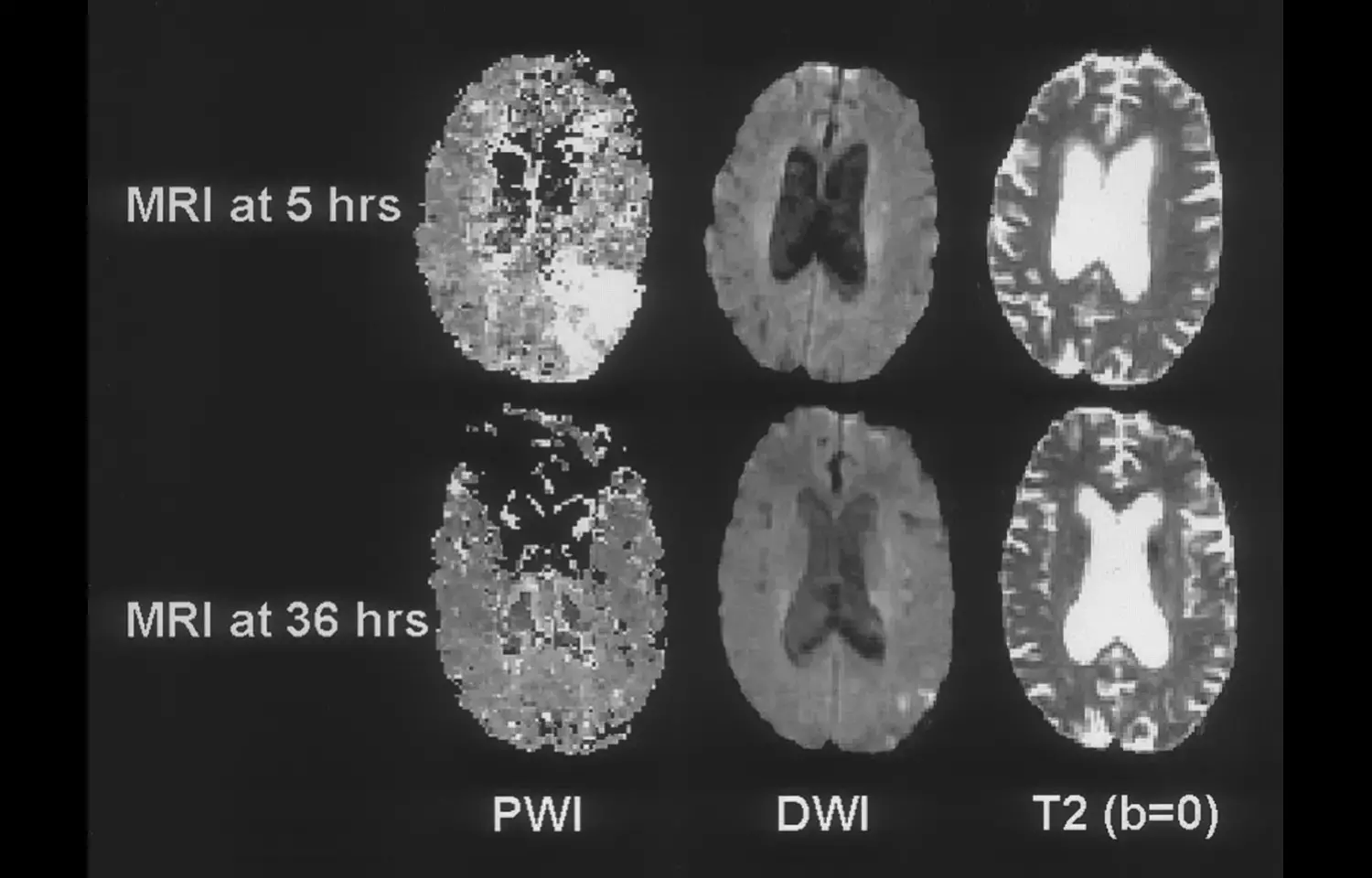- Home
- Medical news & Guidelines
- Anesthesiology
- Cardiology and CTVS
- Critical Care
- Dentistry
- Dermatology
- Diabetes and Endocrinology
- ENT
- Gastroenterology
- Medicine
- Nephrology
- Neurology
- Obstretics-Gynaecology
- Oncology
- Ophthalmology
- Orthopaedics
- Pediatrics-Neonatology
- Psychiatry
- Pulmonology
- Radiology
- Surgery
- Urology
- Laboratory Medicine
- Diet
- Nursing
- Paramedical
- Physiotherapy
- Health news
- Fact Check
- Bone Health Fact Check
- Brain Health Fact Check
- Cancer Related Fact Check
- Child Care Fact Check
- Dental and oral health fact check
- Diabetes and metabolic health fact check
- Diet and Nutrition Fact Check
- Eye and ENT Care Fact Check
- Fitness fact check
- Gut health fact check
- Heart health fact check
- Kidney health fact check
- Medical education fact check
- Men's health fact check
- Respiratory fact check
- Skin and hair care fact check
- Vaccine and Immunization fact check
- Women's health fact check
- AYUSH
- State News
- Andaman and Nicobar Islands
- Andhra Pradesh
- Arunachal Pradesh
- Assam
- Bihar
- Chandigarh
- Chattisgarh
- Dadra and Nagar Haveli
- Daman and Diu
- Delhi
- Goa
- Gujarat
- Haryana
- Himachal Pradesh
- Jammu & Kashmir
- Jharkhand
- Karnataka
- Kerala
- Ladakh
- Lakshadweep
- Madhya Pradesh
- Maharashtra
- Manipur
- Meghalaya
- Mizoram
- Nagaland
- Odisha
- Puducherry
- Punjab
- Rajasthan
- Sikkim
- Tamil Nadu
- Telangana
- Tripura
- Uttar Pradesh
- Uttrakhand
- West Bengal
- Medical Education
- Industry
Alteplase May Improve Outcomes When Given 4.5-24 Hours After Stroke in Select Patients: JAMA

A recently published randomized, open-label clinical trial in JAMA reveals that intravenous alteplase administered 4.5 to 24 hours after acute ischemic stroke onset may significantly enhance functional recovery in patients with perfusion-imaging evidence of salvageable brain tissue, particularly when thrombectomy was not initially performed.
The study enrolled 372 patients across 26 Chinese stroke centers between mid-2021 and mid-2024, all presenting beyond the standard 4.5-hour treatment window but showing imaging patterns indicating viable tissue.
Results showed that 40% of patients treated with alteplase achieved functional independence (modified Rankin Scale score of 0–1) at 90 days, compared to only 26% in the control group-a statistically significant benefit (adjusted risk ratio 1.52; P = .004). While the treatment group faced a higher rate of symptomatic intracranial hemorrhage (3.8% vs. 0.5%; adjusted risk ratio 7.34; P = .01), overall mortality at 90 days was equivalent between groups (11%).
These findings suggest that, in carefully selected patients identified via perfusion imaging, alteplase may extend its therapeutic benefit well beyond the traditional time window, offering functional gains even when endovascular options aren’t pursued. However, the elevated bleeding risk underscores the need for meticulous patient selection and monitoring. Still, this research could pave the way toward expanding thrombolytic therapy in resource-limited settings or for patients arriving late—so long as salvageable tissue is confirmed via imaging.
Dr. Shravani Dali has completed her BDS from Pravara institute of medical sciences, loni. Following which she extensively worked in the healthcare sector for 2+ years. She has been actively involved in writing blogs in field of health and wellness. Currently she is pursuing her Masters of public health-health administration from Tata institute of social sciences. She can be contacted at editorial@medicaldialogues.in.
Dr Kamal Kant Kohli-MBBS, DTCD- a chest specialist with more than 30 years of practice and a flair for writing clinical articles, Dr Kamal Kant Kohli joined Medical Dialogues as a Chief Editor of Medical News. Besides writing articles, as an editor, he proofreads and verifies all the medical content published on Medical Dialogues including those coming from journals, studies,medical conferences,guidelines etc. Email: drkohli@medicaldialogues.in. Contact no. 011-43720751


